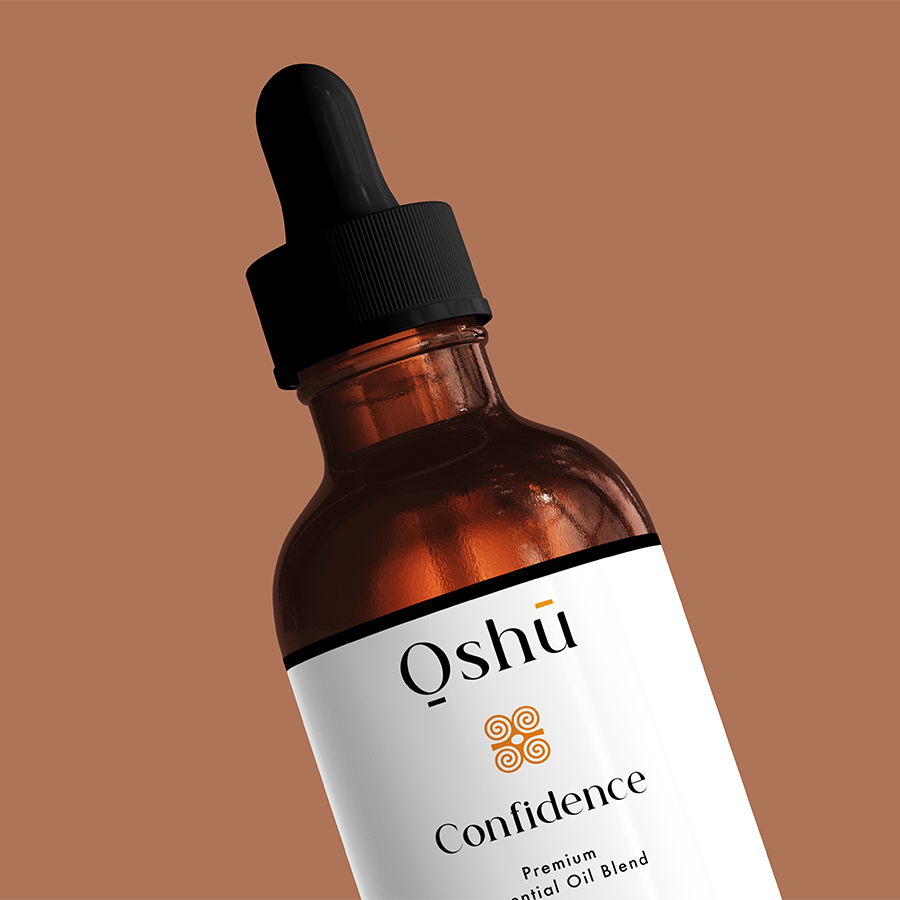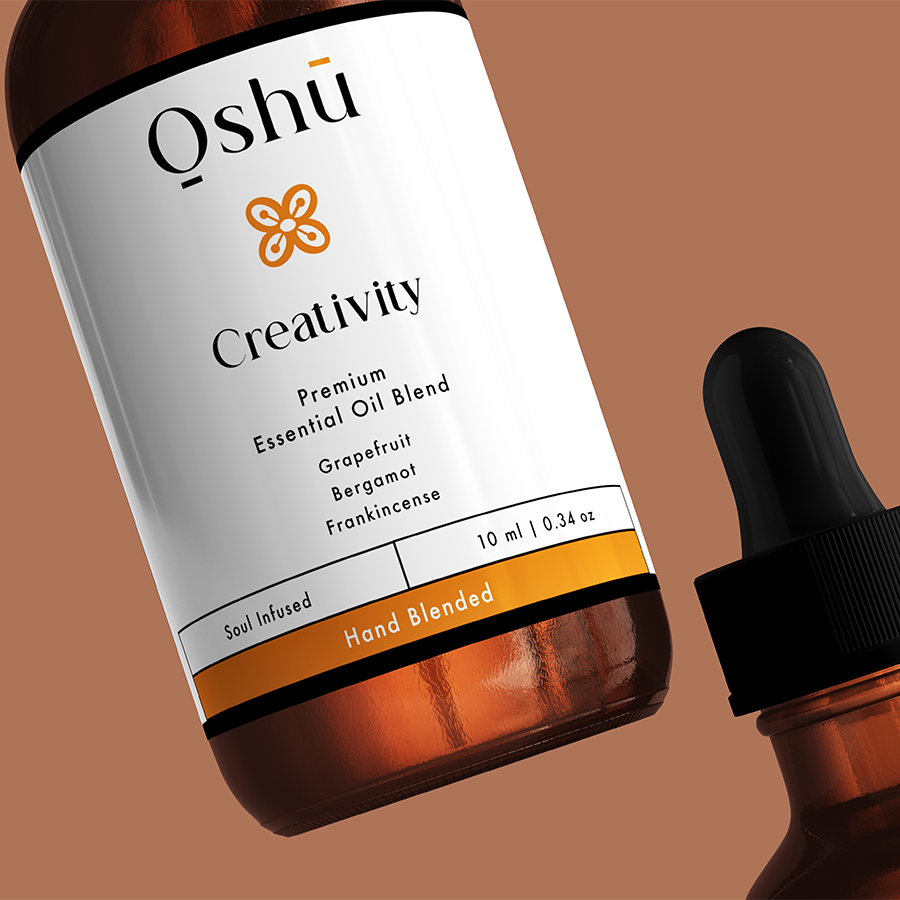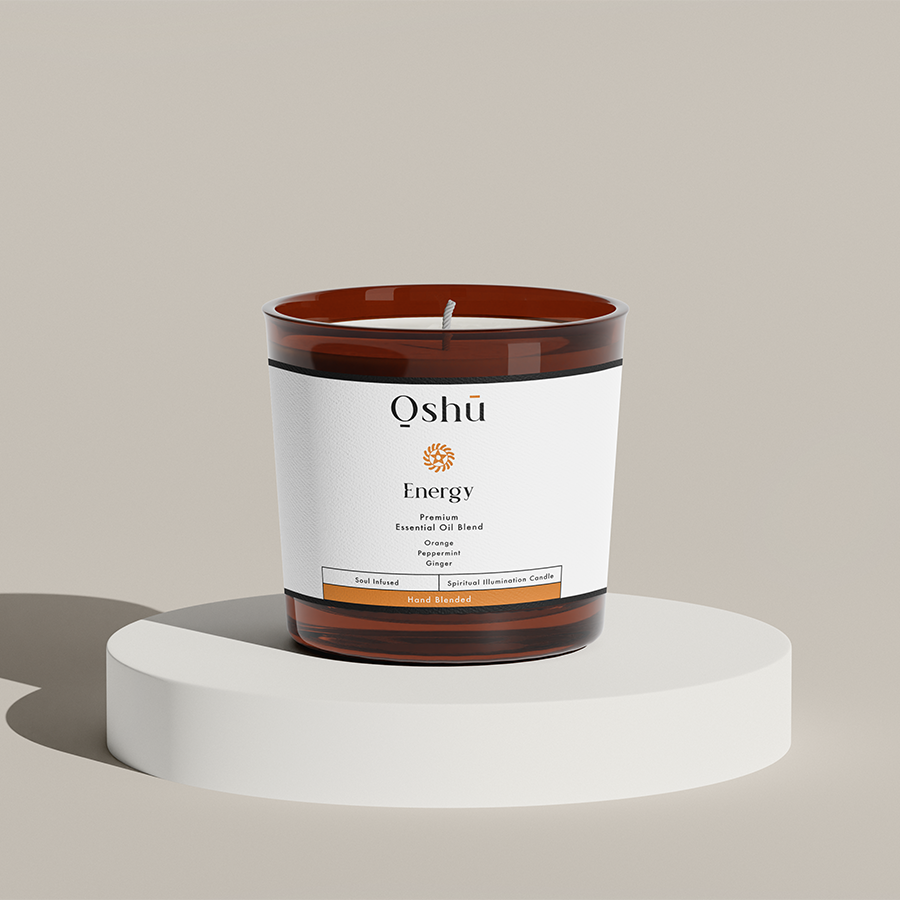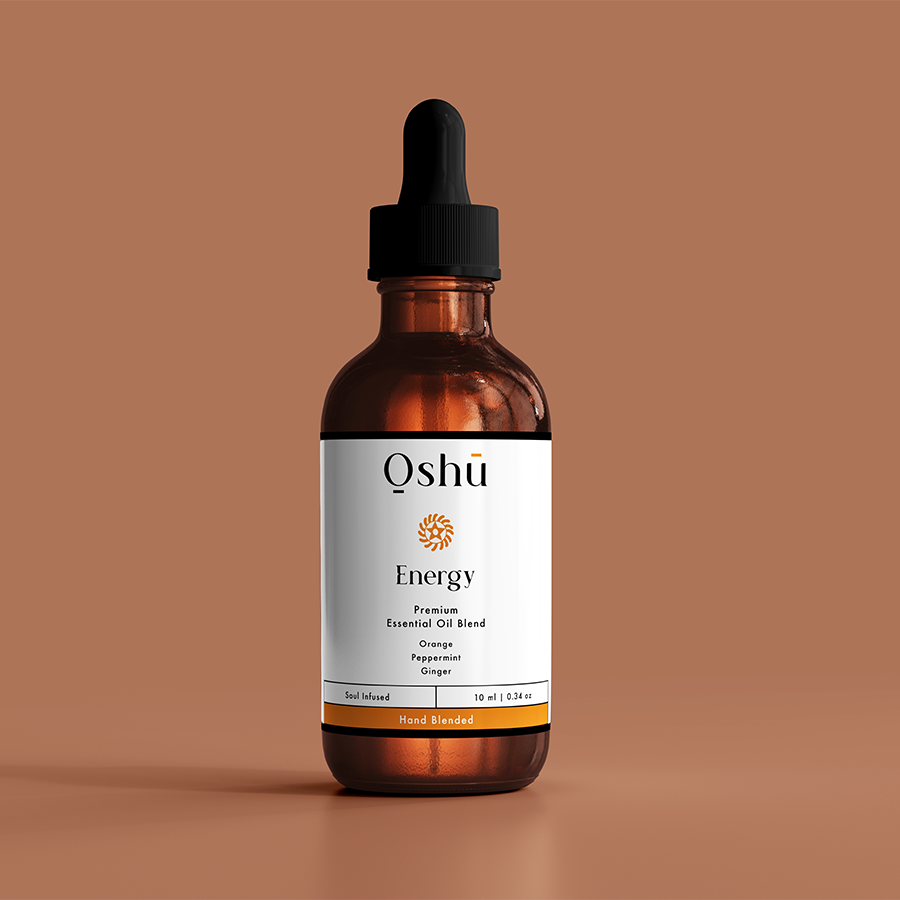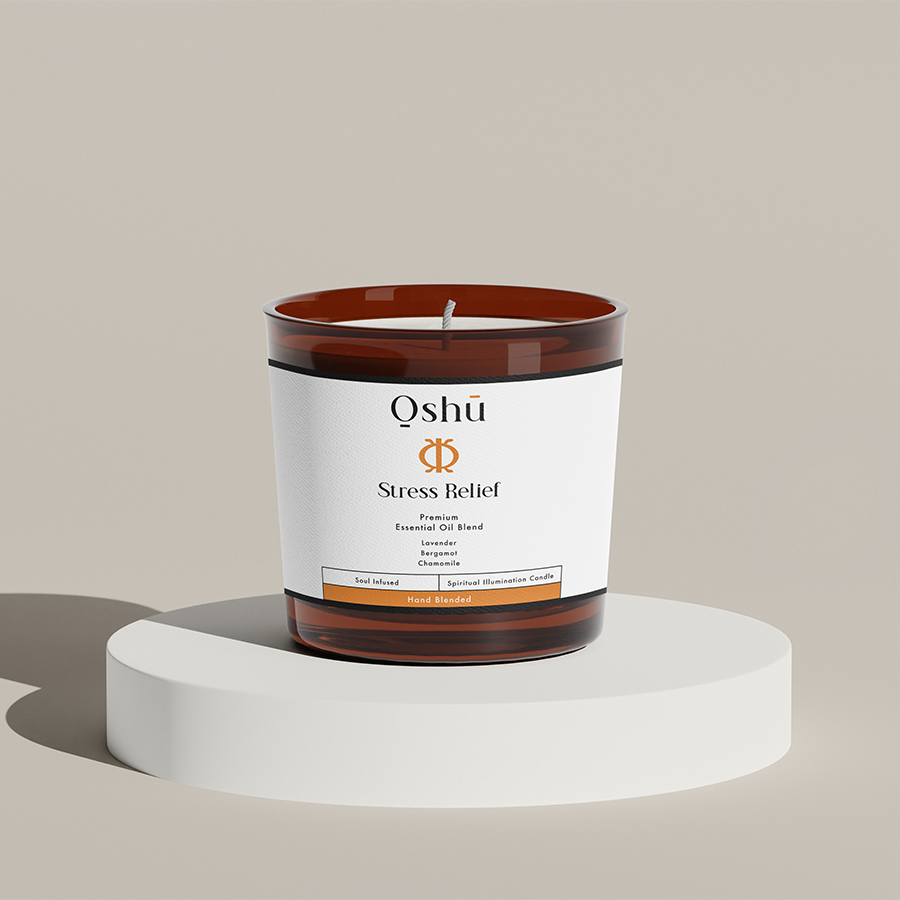Pain is a universal human experience that can manifest in various forms, from mild discomfort to debilitating agony. Chronic pain, in particular, can significantly impact an individual’s quality of life, making it challenging to perform daily tasks, maintain relationships, and enjoy activities. While conventional medications often provide relief, they can also have undesirable side effects and interact with other medications. This is where essential oils come into play, offering a natural, non-invasive, and holistic approach to pain management.
Table of Contents
The Science Behind Essential Oils and Pain Relief
Essential oils are concentrated plant extracts that contain bioactive compounds, which interact with the body’s chemistry to produce therapeutic effects. When it comes to pain relief, essential oils work on several levels:
– They influence the brain’s pain processing centers, reducing the perception of pain.
– They interact with the body’s natural pain-relieving chemicals, such as endorphins and opioids.
– They exhibit anti-inflammatory properties, reducing swelling and discomfort.
– They promote relaxation and reduce stress, which can exacerbate pain.
Top Essential Oils for Pain Relief
While numerous essential oils possess analgesic and anti-inflammatory properties, some stand out for their exceptional pain-relieving abilities. Here are the top essential oils for pain relief:
– Peppermint Oil: Known for its cooling effect, peppermint oil helps to numb the affected area, reducing pain and inflammation.
– Lavender Oil: Lavender oil’s calming properties make it an excellent choice for stress-related pain, as well as for promoting relaxation and improving sleep quality.
– Eucalyptus Oil: Eucalyptus oil’s anti-inflammatory properties make it effective in reducing swelling and pain associated with injuries and chronic conditions.
– Frankincense Oil: Frankincense oil contains boswellic acids, which have potent anti-inflammatory and pain-relieving properties, making it an excellent choice for joint pain and inflammation.
– Wintergreen Oil: Wintergreen oil contains methyl salicylate, a natural pain reliever similar to aspirin, making it effective in reducing pain and inflammation.
– Geranium Oil: Geranium oil’s balancing effect on hormones makes it an excellent choice for menstrual cramps, fibromyalgia, and other hormone-related pain conditions.
– Bergamot Oil: Bergamot oil’s citrus scent has a calming effect, reducing anxiety and stress-related pain, while its anti-inflammatory properties make it effective in reducing inflammation.
Methods of Using Essential Oils for Pain Relief
Essential oils can be used in various ways to alleviate pain, depending on the individual’s preferences and needs. Here are some popular methods:
– Topical Application: Mix a few drops of essential oil with a carrier oil (coconut, jojoba, or sweet almond oil) and apply it directly to the affected area.
– Aromatic Inhalation: Inhale the vapor of essential oils through steam inhalation, using a diffuser, or by adding a few drops to a handkerchief.
– Bath Soaks: Add essential oils to bath water for a relaxing and pain-relieving soak.
– Massage Oils: Use essential oils as part of a massage oil blend to promote relaxation and reduce muscle tension.
Safety Precautions and Contraindications
While essential oils are natural, they can still interact with medications, exacerbate certain health conditions, and cause skin irritation. It’s essential to:
– Dilute essential oils with a carrier oil before topical application.
– Perform a patch test before using a new essential oil.
– Avoid using essential oils on open wounds, cuts, or sensitive areas.
– Consult with a healthcare professional before using essential oils, especially if you have a pre-existing medical condition or are taking medications.
Blending Essential Oils for Pain Relief
Blending essential oils can enhance their therapeutic effects and create a more effective pain-relieving formula. Here are some popular blends:
– Pain-Relieving Blend: Combine 2 drops of peppermint oil, 2 drops of eucalyptus oil, and 1 drop of wintergreen oil with a carrier oil for a potent pain-relieving blend.
– Inflammatory Blend: Mix 2 drops of frankincense oil, 2 drops of geranium oil, and 1 drop of bergamot oil with a carrier oil to reduce inflammation and pain.
–
Essential oils offer a natural, effective, and holistic approach to pain management. By understanding the science behind essential oils and pain relief, selecting the right essential oils, and using them safely and effectively, individuals can take control of their pain and improve their overall quality of life. Remember to always consult with a healthcare professional before using essential oils, especially if you have a pre-existing medical condition or are taking medications. At Oshu Oils, we’re committed to providing you with the knowledge and resources you need to harness the power of essential oils for pain relief.
Frequently Asked Questions
What are essential oils and how do they work for pain relief?
Essential oils are highly concentrated plant extracts that have been used for centuries for their therapeutic benefits. When it comes to pain relief, essential oils can work in several ways. They can be absorbed through the skin, where they can interact with the body’s natural pain-relieving chemicals, or they can be inhaled, where they can affect the brain’s emotional response to pain. Some essential oils, such as wintergreen and peppermint, contain compounds that can help reduce inflammation and relax muscles, while others, such as lavender and chamomile, have a calming effect that can help reduce stress and anxiety, which can contribute to pain.
What are the most effective essential oils for pain relief?
Some of the most effective essential oils for pain relief include wintergreen, peppermint, eucalyptus, frankincense, and ginger. Wintergreen contains methyl salicylate, a compound similar to aspirin, which can help reduce inflammation and relieve pain. Peppermint oil can help relax muscles and improve circulation, while eucalyptus oil has anti-inflammatory properties that can help reduce swelling and pain. Frankincense oil has been shown to reduce inflammation and pain in several studies, and ginger oil has anti-inflammatory compounds that can help reduce pain and inflammation.
How do I use essential oils for pain relief?
There are several ways to use essential oils for pain relief. One of the most effective methods is to dilute the oil in a carrier oil, such as coconut or jojoba oil, and apply it topically to the affected area. You can also add a few drops of oil to a warm bath or use a diffuser to inhale the oil’s vapors. Some people also use essential oils in massage oil or cream, or add them to their skincare routine to help reduce inflammation and promote relaxation.
Can essential oils be used for chronic pain?
Yes, essential oils can be used to help manage chronic pain. While they may not eliminate the pain completely, they can help reduce the severity and frequency of pain episodes. Chronic pain can be complex and multifaceted, and essential oils can be used in conjunction with other therapies, such as physical therapy, medication, and lifestyle changes, to help manage pain. It’s always best to consult with a healthcare professional before using essential oils for chronic pain.
Are essential oils safe to use for pain relief?
Generally, essential oils are safe to use for pain relief when used properly. However, it’s important to follow proper usage guidelines and precautions. Essential oils can be very potent, and using too much or using them undiluted can cause skin irritation, allergic reactions, or other adverse effects. Always dilute essential oils in a carrier oil, perform a patch test before using a new oil, and consult with a healthcare professional if you have any underlying medical conditions or are taking medication.
Can I use essential oils for pain relief during pregnancy?
While essential oils can be beneficial for pain relief during pregnancy, it’s important to exercise caution. Some essential oils, such as clary sage and jasmine, can stimulate the uterus and potentially cause complications. Always consult with a healthcare professional before using essential oils during pregnancy, and choose oils that are safe for use during pregnancy, such as peppermint, lavender, and chamomile.
Can I use essential oils for pain relief in children?
Yes, essential oils can be used for pain relief in children, but it’s important to use them with caution. Children’s skin is more sensitive than adult skin, and essential oils can be more potent for them. Always dilute essential oils in a carrier oil, use a small amount, and perform a patch test before using a new oil. It’s also important to consult with a healthcare professional before using essential oils on children, especially if they have any underlying medical conditions.
How long does it take for essential oils to work for pain relief?
The amount of time it takes for essential oils to work for pain relief can vary depending on the individual, the type of pain, and the method of use. Topical application can provide quick relief, often within 15-30 minutes, while inhalation can provide more immediate relief. It’s also important to note that essential oils may not work for everyone, and it may take some trial and error to find the right oil and method that works for you.
Can I use essential oils in combination with other pain relief methods?
Yes, essential oils can be used in combination with other pain relief methods, such as physical therapy, medication, and lifestyle changes. In fact, essential oils can be a great addition to a comprehensive pain management plan. Always consult with a healthcare professional before using essential oils in combination with other therapies, and follow their guidance on how to use them safely and effectively.
What is the best way to store essential oils for pain relief?
Essential oils should be stored in a cool, dark place, such as a cupboard or drawer. Avoid storing them in direct sunlight, near heat sources, or in humid environments, as this can cause the oils to degrade or become less effective. It’s also important to keep essential oils out of reach of children and pets, and to label them clearly to avoid confusion or misuse.
Can I make my own essential oil blends for pain relief?
Yes, you can make your own essential oil blends for pain relief. In fact, blending different oils can create a more effective and personalized pain relief solution. However, it’s important to follow proper blending guidelines and safety precautions, and to consult with a healthcare professional or certified aromatherapist if you’re new to blending essential oils.
What is the difference between essential oils and fragrance oils?
Essential oils are highly concentrated plant extracts that have therapeutic benefits, while fragrance oils are synthetic oils that are designed to smell nice but have no therapeutic benefits. Fragrance oils can be irritating to the skin and may cause allergic reactions, while essential oils are generally safe to use when used properly.
Can I use essential oils for pain relief in pets?
Yes, essential oils can be used for pain relief in pets, but it’s important to exercise caution. Pets have a different metabolism and physiology than humans, and essential oils can be more potent for them. Always consult with a veterinarian before using essential oils on pets, and choose oils that are safe for use on animals, such as lavender and chamomile.
How do I choose the right essential oil for my specific pain condition?
Choosing the right essential oil for your specific pain condition can depend on several factors, including the type of pain, the location of the pain, and your individual response to different oils. Consult with a healthcare professional or certified aromatherapist who can help you choose the right oil based on your specific needs. You can also try different oils and methods to find what works best for you.
Can I use essential oils for pain relief after surgery?
Yes, essential oils can be used for pain relief after surgery, but it’s important to consult with your healthcare professional first. Some essential oils, such as peppermint and eucalyptus, can help reduce pain and inflammation, while others, such as lavender and chamomile, can help promote relaxation and reduce anxiety. Always follow your healthcare professional’s guidance on using essential oils after surgery.
Can I use essential oils for pain relief during exercise?
Yes, essential oils can be used for pain relief during exercise. Peppermint oil, for example, can help reduce muscle cramps and improve circulation, while eucalyptus oil can help reduce inflammation and pain. You can apply essential oils topically to the affected area, or inhale them through a diffuser or inhaler.
Can I use essential oils for pain relief during menstruation?
Yes, essential oils can be used for pain relief during menstruation. Clary sage oil, for example, can help reduce cramps and anxiety, while peppermint oil can help reduce bloating and discomfort. You can apply essential oils topically to the lower abdomen, or inhale them through a diffuser or inhaler.
Can I use essential oils for pain relief during headaches?
Yes, essential oils can be used for pain relief during headaches. Peppermint oil, for example, can help reduce tension and improve circulation, while lavender oil can help promote relaxation and reduce stress. You can apply essential oils topically to the temples or inhale them through a diffuser or inhaler.
Can I use essential oils for pain relief during fibromyalgia?
Yes, essential oils can be used for pain relief during fibromyalgia. Frankincense oil, for example, can help reduce inflammation and pain, while peppermint oil can help improve circulation and reduce muscle spasms. You can apply essential oils topically to the affected area, or inhale them through a diffuser or inhaler.
Can I use essential oils for pain relief during arthritis?
Yes, essential oils can be used for pain relief during arthritis. Wintergreen oil, for example, can help reduce inflammation and pain, while ginger oil can help reduce inflammation and improve circulation. You can apply essential oils topically to the affected joint, or inhale them through a diffuser or inhaler.




